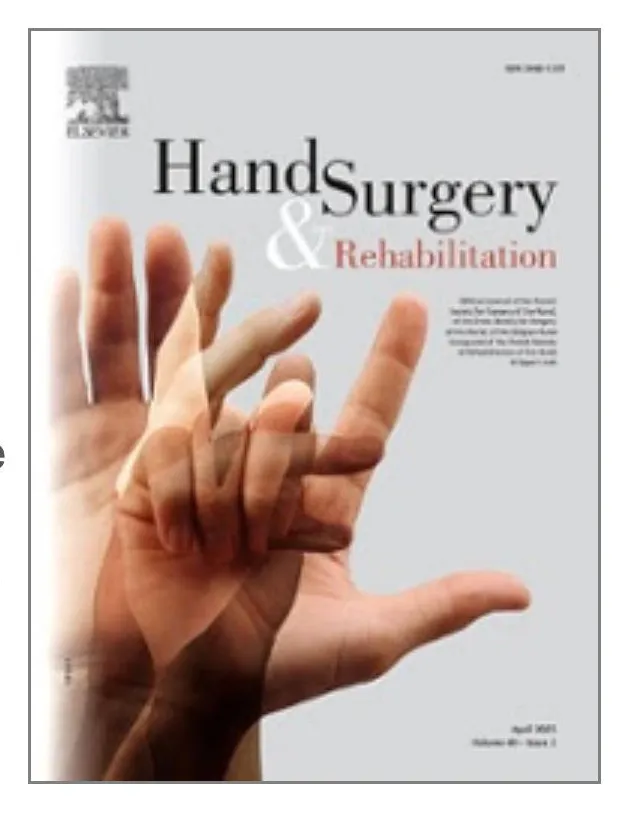Trailblazing strides in artificial intelligence (AI) programs have led to enhanced diagnostic imaging, including ultrasound (US), magnetic resonance imaging, and infrared thermography. This systematic review summarizes current efforts to integrate AI into the diagnosis of carpal tunnel syndrome (CTS) and its potential to improve clinical decision-making. A comprehensive literature search was conducted in PubMed, Embase, and Cochrane databases in accordance with PRISMA guidelines. Articles were included if they evaluated the application of AI in the diagnosis or detection of CTS. Search terms included “carpal tunnel syndrome” and “artificial intelligence”, along with relevant MeSH terms. A total of 22 studies met inclusion criteria and were analyzed qualitatively. AI models, especially deep learning algorithms, demonstrated strong diagnostic performance, particularly with US imaging. Frequently used inputs included echointensity, pixelation patterns, and the cross-sectional area of the median nerve. AI-assisted image analysis enabled superior detection and segmentation of the median nerve, often outperforming radiologists in sensitivity and specificity. Additionally, AI complemented electromyography by offering insight into the physiological integrity of the nerve. AI holds significant promise as an adjunctive tool in the diagnosis and management of CTS. Its ability to extract and quantify radiomic features may support accurate, reproducible diagnoses and allow for longitudinal digital documentation. When integrated with existing modalities, AI may enhance clinical assessments, inform surgical decision-making, and extend diagnostic capabilities into telehealth and point-of-care settings. Continued development and prospective validation of these technologies are essential for streamlining widespread integration into clinical practice.

